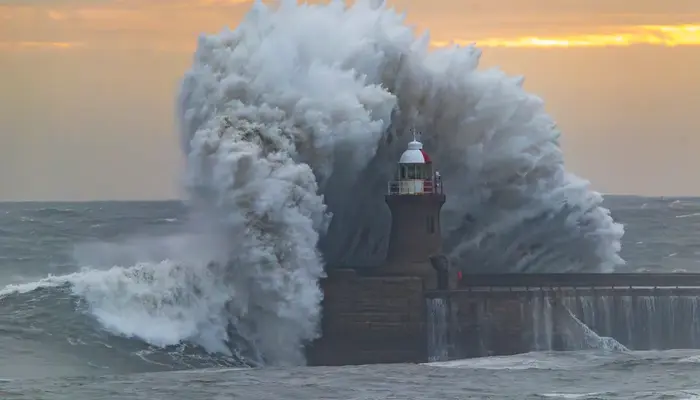Hurricane Rafael is rapidly strengthening in the Caribbean and could become a Category 3 hurricane before hitting Cuba on Wednesday. By Wednesday morning, Rafael had reached Category 2 status with winds of 110 mph, just 1 mph short of Category 3. The storm was located 130 miles from Cuba, rapidly intensifying with a 50 mph wind increase in just 24 hours. This is the ninth storm to intensify quickly in the Atlantic basin this year.
Intensification Linked to Warming Oceans
Rafael’s swift intensification highlights a growing trend of storms strengthening quickly as the atmosphere and oceans warm, a phenomenon linked to fossil fuel pollution. Experts note that such rapid intensification is happening more frequently, increasing the risk to affected areas. The storm’s winds are now a significant threat to Cuba, with forecasters warning of severe damage as Rafael moves closer.
TikTok Star Bella Bradford Passes Away After Brave Cancer Battle
Cuba Braces for Impact
Rafael is expected to strike Cuba as a powerful Category 3 hurricane, the first to hit the country since Hurricane Ian in 2022. As of Wednesday morning, heavy rain was already spreading across the island, with up to 13 feet of storm surge expected along the southern coast. Tropical storm-force wind gusts were nearing Cuba, and hurricane-force winds were expected to arrive within hours. The storm is also expected to bring double-digit rainfall totals to Cuba, potentially causing widespread flooding.
A Vulnerable Cuba Faces Another Blow
This is the second hurricane to strike Cuba in recent weeks. Hurricane Oscar battered the country in late October, killing at least six people and damaging the power grid, which has struggled to recover. The grid has collapsed several times in recent storms, including during Oscar’s impact.
Rafael’s Potential Impact on the Gulf Coast
After devastating Cuba, Rafael is forecast to move toward the Gulf of Mexico, but its future path remains uncertain. The storm is expected to weaken as it moves over the Gulf due to strong upper-level winds. However, there is still potential for the storm to make landfall in the US this weekend. The exact location remains unclear, but areas from Louisiana to northeastern Mexico are at risk.
Forecast Models Begin to Converge
Forecast models have begun to converge, offering a clearer picture of Rafael’s potential path. Early in the week, models showed different routes, but now, two major models are consistently pointing to a westward shift. This shift has narrowed the threat zone to areas west of initial predictions, which had placed Alabama and the Florida Panhandle in danger. However, the storm’s path remains fluid and could change as new data comes in.
Weakening in the Gulf
Regardless of its exact path, Rafael is expected to weaken as it moves toward the US coastline. Storm-disrupting upper-level winds are likely to cause significant deterioration. Current forecasts predict Rafael will be downgraded to a tropical storm by the weekend. As of now, the exact impact on the Gulf Coast remains uncertain, but forecasters expect the storm to lose strength as it moves inland.
Follow Day News on Google News, Instagram, YouTube, Facebook, Whats App, and TikTok for latest updates
